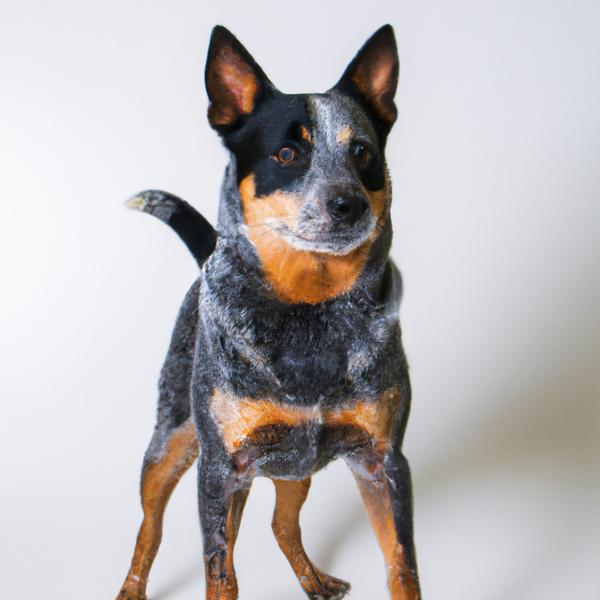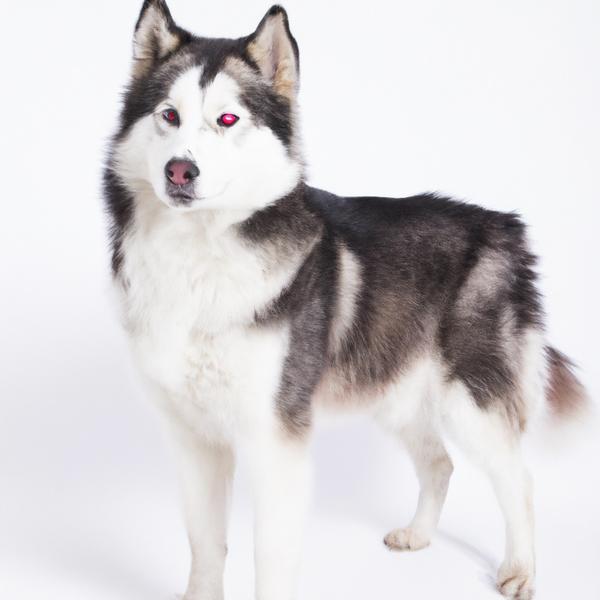Box Heeler vs. Skye-Pap: Breed Differences and Similarities
Hypoallergenic
Are Box Heelers or Skye-Paps hypoallergenic, or neither?
Unfortunately, neither Box Heeler nor Skye-Pap are hypoallergenic, which may not make them the best choice for dog lovers who suffer from pet allergies.
Temperament
What are the personalities of Box Heeler and Skye-Pap dogs?
Active
Playful
Energetic
Protective
Alert
Intelligent
Confident
Friendly
Loyal
Fearless
Brave
Bright
Hard working
Resourceful
Happy
Energetic
Alert
Intelligent
Friendly
Loyal
Tempered
Fearless
Good-natured
Shedding Level
Do Box Heelers shed more than Skye-Paps, or which breed sheds more, Box Heelers or Skye-Paps?
Box Heelers are moderate shedders, but regular brushing can reduce shedding and maintain coat health.
Skye-Paps shed very little hair, making them a great choice for those who dislike excess hair in the house.
Ancestry
What are the origins of Box Heeler and Skye-Pap breeds?
Blue Heeler and Boxer
Skye Terrier and Papillon
Breed recognition
Which kennel clubs recognize/register Box Heeler and Skye-Pap?
DRA = Dog Registry of America, Inc.
DRA = Dog Registry of America, Inc.
Date of Birth
When were Box Heeler and Skye-Pap breeds first developed?
Unknown
Eye Color Possibilites
What are the eye colors of Box Heeler and Skye-Pap dogs?
Brown
Brown
Nose Color Possibilites
What are the natural nose colors of Box Heeler and Skye-Pap?
Black
Black
Brown
Coat Color Possibilites
What are the natural colors of the coat for Box Heeler and Skye-Pap breeds?
Brindle
Blue
Black
Gray
Cream
Fawn
Blue
Silver
White
Red
Brown
Coat Length
What is the typical coat length for Box Heeler and Skye-Pap breeds?
Box Heelers have coats that can be either short or medium in length.
Skye-Paps are known for their coat length.
Coat Density
What is the density of the coat of Box Heeler and Skye-Pap?
Coat Texture
What is the hair texture of Box Heeler and Skye-Pap?
Straight
Litter Size
What is the usual litter size for Box Heeler and Skye-Pap?
A Box Heeler can have a litter of 2-10 puppies on average. However, it's worth noting that the size of the litters can vary greatly. Factors that can influence litter size include the health of the mother, breeding history, and genetics.
A Skye-Pap can have a litter of 4-6 puppies on average. However, it's worth noting that the size of the litters can vary greatly. Factors that can influence litter size include the health of the mother, breeding history, and genetics.
Adaptability
Box Heelers are known for their adaptability and can adjust well to different environments and lifestyle changes.
Skye-Paps are highly adaptable and versatile, making them excellent companions for families and individuals of all lifestyles.
Health Issues
Between Box Heeler and Skye-Pap, which breed is more prone to health problems?
The Box Heeler and Skye-Pap breeds are commonly healthy with low vet costs, regular check-ups may not be as necessary but it's important to keep an eye on their health and have them checked by a veterinarian when needed.
Major Concerns
What are the major health concerns for Box Heeler and Skye-Pap breeds?
Usually Very Healthy
Patellar Luxation
Intervertebral Disc Disease
Deafness
Hip Dysplasia
Mitral Valve Disease
Hepatitis
Occipital Dysplasia
Minor Concerns
What minor health issues should be kept in mind when owning Box Heeler and Skye-Pap?
Eye Problems
Gastric Dilation Volvulus
Progressive Retinal Atrophy
Lens Luxation
Von Willebrand's Disease
Atopic Dermatitis
Follicular Dysplasia
Occasional Tests
What occasional tests are recommended for Box Heeler and Skye-Pap breeds?
X-Rays
Eye Examination
Physical Examination
Blood Test
Skin Scraping
X-Rays
Eye Examination
Physical Examination
Social Needs
Box Heeler vs Skye-Pap social needs comparison
Box Heeler has above average social needs and thrives with interaction with humans and other dogs.
Skye-Pap has very high social needs and requires regular mental and physical stimulation, a job or purpose, and companionship.
Sleeping Need
Which of the two sleeps the most/least: Box Heeler or Skye-Pap?
Box Heelers are active and require sufficient sleep to stay healthy.
Skye-Paps have moderate energy levels and typical sleep patterns of 12-14 hours per day.
Mouthiness
Mouthiness Comparison: Box Heeler vs Skye-Pap?
Roaming urge
Box Heeler vs Labrador: Running away tendency?
Prey Drive
Box Heeler or Skye-Pap - which breed has a higher level of prey drive?
Activity Level
Which breed has higher energy, Box Heelers or Skye-Paps?
Both Box Heeler and Skye-Pap are medium-energy dogs that enjoy socializing and playing with other dogs. They may engage in casual or sustained games of chase, and occasionally have bursts of barking or racing around the house.
Tolerance of being left alone
Walks per Week
How many miles should Box Heeler or Skye-Pap walk each week?
There's really no limit to how far you walk your dog as long as they're comfortable. For Box Heeler, it's at least 9 miles / week. Just remember to build distance and stamina gradually over time.
There's really no limit to how far you walk your dog as long as they're comfortable. For Skye-Pap, it's at least 6 miles / week. Just remember to build distance and stamina gradually over time.
Activity per Day
Do Box Heelers or Skye-Paps require more exercise?
In general most Box Heelers usually need at least 45 minutes of exercise daily. This can be spread across the day and include all sorts of high-energy activities, like walking, running and playing.
In general most Skye-Paps usually need at least 50 minutes of exercise daily. This can be spread across the day and include all sorts of high-energy activities, like walking, running and playing.
Grooming
Which breed is easier to maintain in terms of grooming, Box Heelers or Skye-Paps?
The Box Heeler is a low-maintenance breed that doesn't require much grooming.
The Skye-Pap requires an average amount of grooming compared to other breeds.
Brushing Frequency
What is the recommended brushing frequency for Box Heeler and Skye-Pap dogs?
Box Heeler should be brushed at least once a week. Of course you can give them more frequent brushes if you find that they are still shedding a lot
Ideally, Skye-Pap should be brushed at least 2 or 3 times a week (preferably daily) improve shedding.
Brushing Tools
What brushing tools are used for Box Heelers and Skye-Paps?
Pin Brush
Comb
Nail Clipper
Pin Brush
Slicker Brush
Clipper
Nail Clipper
Cups
How much food should be given to Box Heeler or Skye-Pap in cups?
For an average 35-80 pound (16 - 36 kg) Box Heeler feed 3 cups daily. But, keep in mind, the amount you feed is going to be dependent on the quality of the food you are feeding.
For an average 21-28 pound (10 - 13 kg) Skye-Pap feed 1 cups daily. But, keep in mind, the amount you feed is going to be dependent on the quality of the food you are feeding.
Daily Cost
Which breed has a higher daily cost, Box Heeler or Skye-Pap?
The average cost of a Box Heeler is somewhere $2.10 - $2.70 per day.
The average cost of a Skye-Pap is somewhere $0.70 - $1.40 per day.
Monthly Cost
Which breed has a higher monthly cost, Box Heeler or Skye-Pap?
The average per month expenses of a Box Heeler is between $55 - $73. This makes an average of $660 - $876 per year. It will be on the higher side when the dog is still small because it will need more frequent visits to the vet, shots.
The average per month expenses of a Skye-Pap is between $35 - $42. This makes an average of $420 - $504 per year. It will be on the higher side when the dog is still small because it will need more frequent visits to the vet, shots.
Sensitivity Level
How do Box Heeler and Skye-Pap compare in sensitivity?
This breed is sensitive and requires gentle handling and a calm home environment.
Skye-Paps have average emotions and adapt well to different situations.
Apartment Friendly
Which breed is more apartment-friendly: Box Heeler or Skye-Pap?
Box Heelers are good apartment dogs as long as they get enough exercise and stimulation outside of the apartment.
The Skye-Pap is a great apartment dog, thriving with sufficient exercise and time outside as part of their daily routine.
Child Friendly
Do Box Heelers or Skye-Paps have a friendlier temperament towards children?
Box Heelers have an average level of friendliness towards children.
Skye-Paps are good with kids if socialized and trained from a young age.
Senior-friendly
Which dog is more suitable as a pet for the elderly - Box Heeler or Skye-Pap?
Cat Friendly
Do Box Heeler or Skye-Pap breeds have a better compatibility with cats?
Box Heelers are average in their friendliness toward cats and tend to do well with them, especially if raised together.
Skye-Paps are good with cats, but early training is needed to prevent chasing behavior.
Dog Friendly
Which breed is more sociable with other dogs: Box Heeler or Skye-Pap?
Box Heelers and Skye-Paps are below average dog friendly dogs. Box Heelers and Skye-Paps may not always get along well with other dogs they have not been raised with.
Pet friendly
How do Box Heeler or Skye-Pap dogs interact with other pets?
Stranger Friendly
Which breed is more friendly with strangers: Box Heeler or Skye-Pap?
Box Heelers are averagely friendly around strangers but benefit from early socialisation.
Skye-Paps are friendly but may bark at strangers, and training is easy due to their intelligence.
Playfulness
Which breed is more playful between Box Heeler and Skye-Pap?
Box Heelers are very playful, so adopting an older one might be a better option for a more relaxed experience.
Skye-Paps are a playful breed that needs daily playtime to be happy.
Trainability
How do the trainability levels of Box Heelers and Skye-Paps compare?
Box Heeler and Skye-Pap dogs are known for their ease of training and ability to learn quickly, making them a popular choice for pet owners and trainers alike.
Compare Box Heeler with other breeds
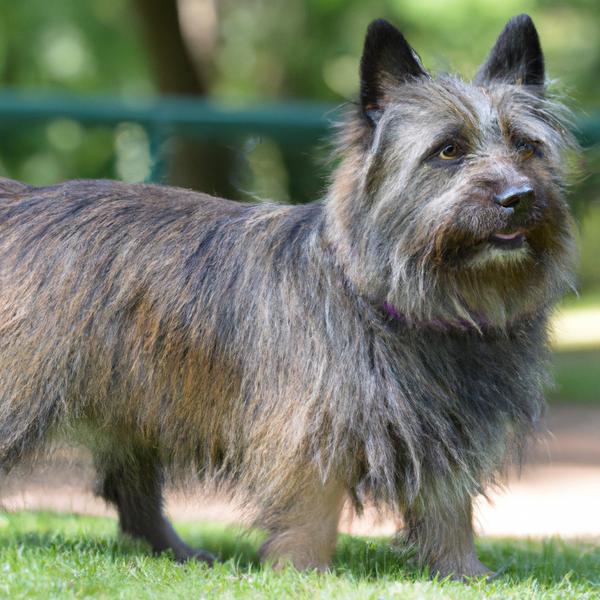
Cairn Australian Shepterrier
Box Heeler vs Cairn Australian Shepterrier
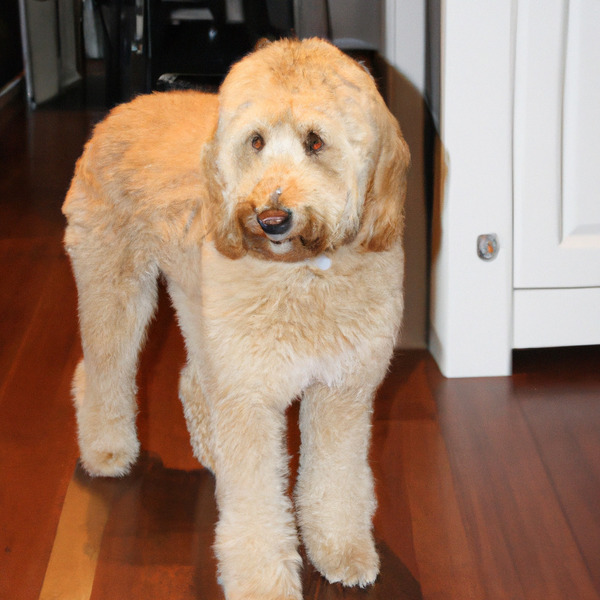
Goldendoodle
Box Heeler vs Goldendoodle
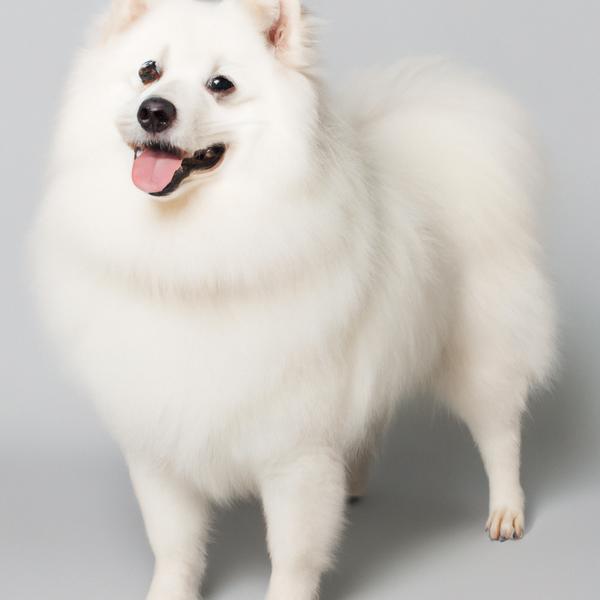
American Eskimo
Box Heeler vs American Eskimo
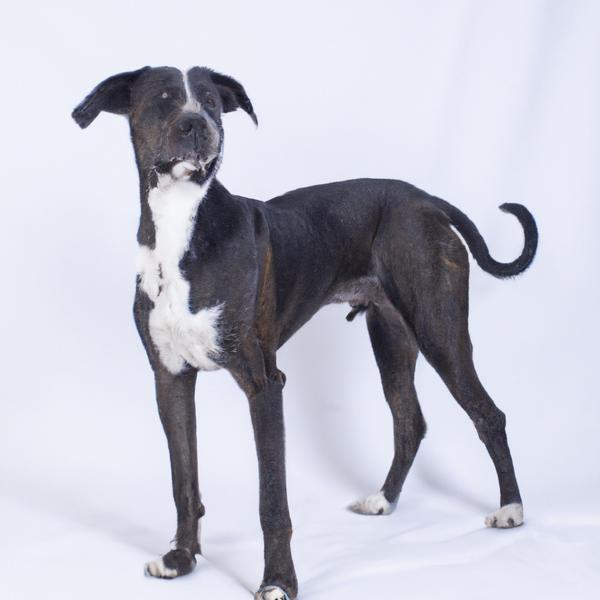
Corpin
Box Heeler vs Corpin
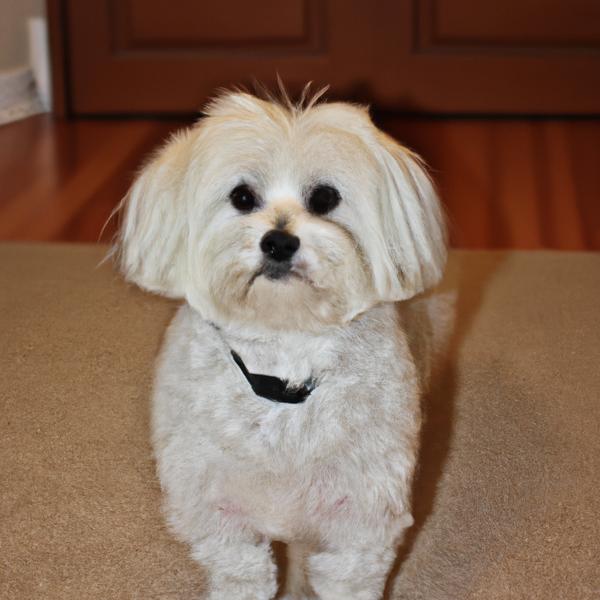
Scotchon
Box Heeler vs Scotchon
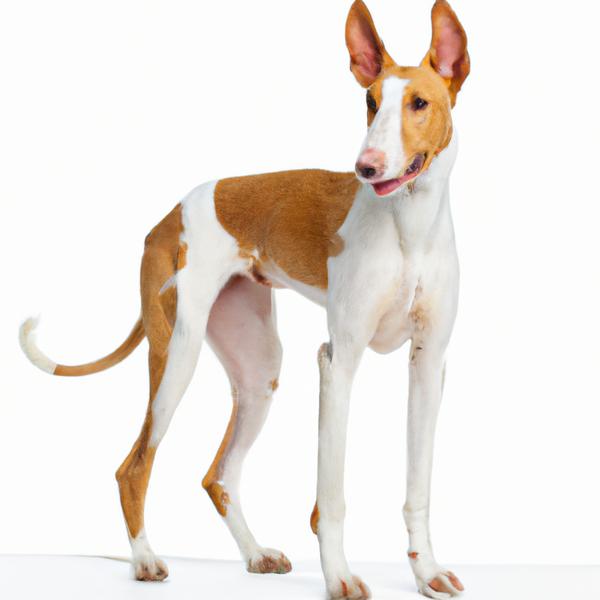
Ibizan Hound
Box Heeler vs Ibizan Hound
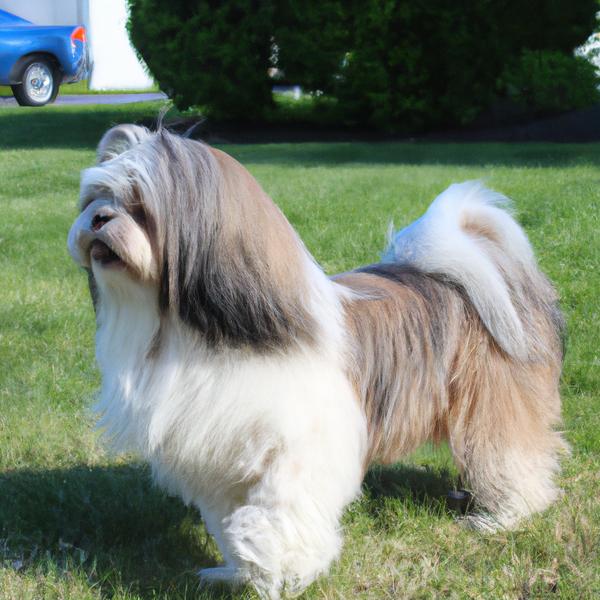
Sheltie Tzu
Box Heeler vs Sheltie Tzu
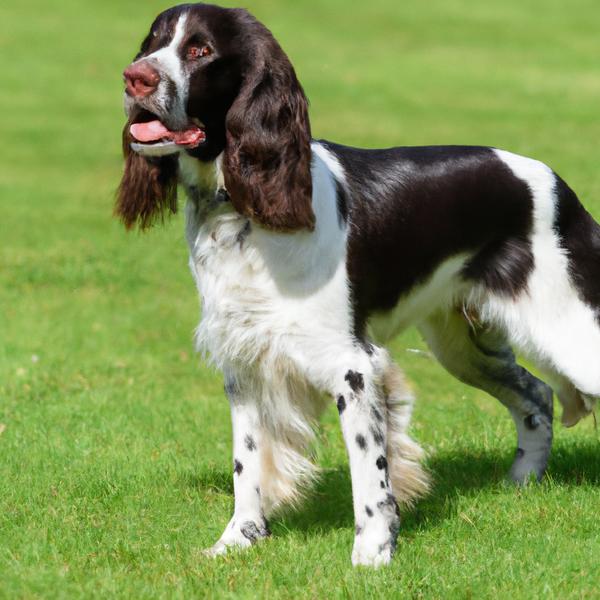
English Springer Spaniel
Box Heeler vs English Springer Spaniel
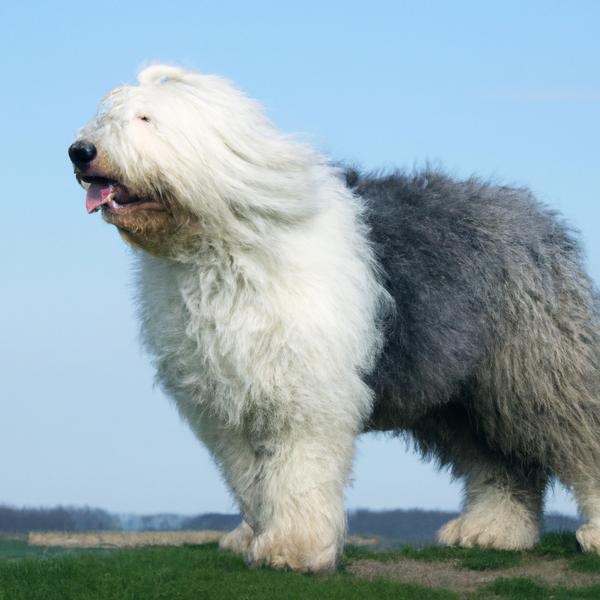
Old English Sheepdog
Box Heeler vs Old English Sheepdog
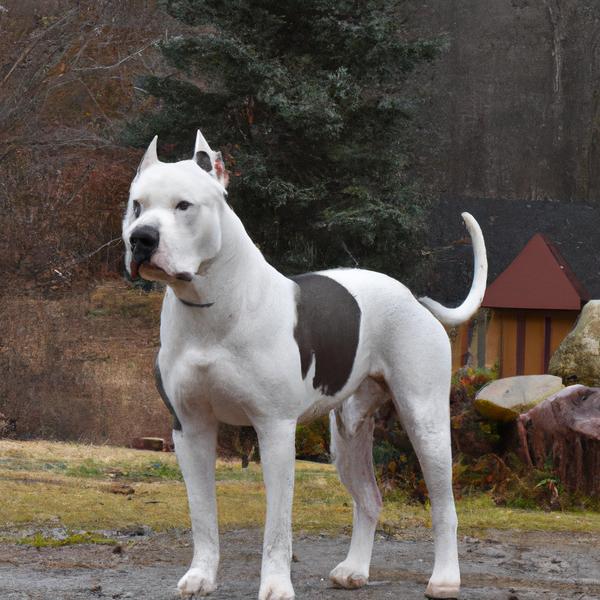
Alaskan Pit Bull
Box Heeler vs Alaskan Pit Bull
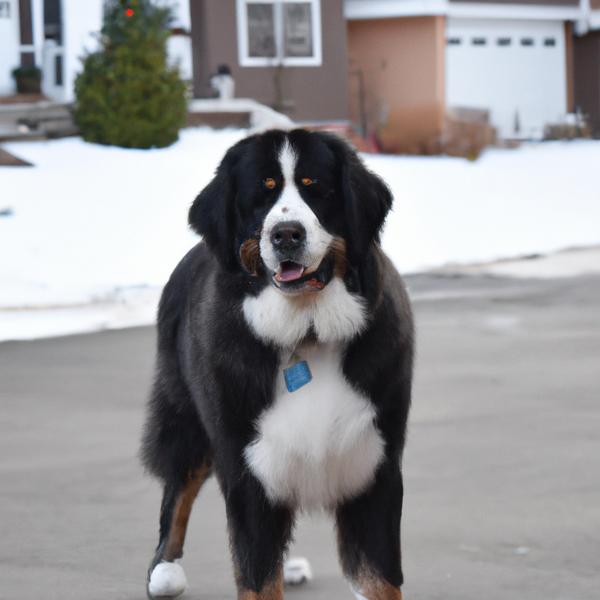
Saint Bernewfie
Box Heeler vs Saint Bernewfie
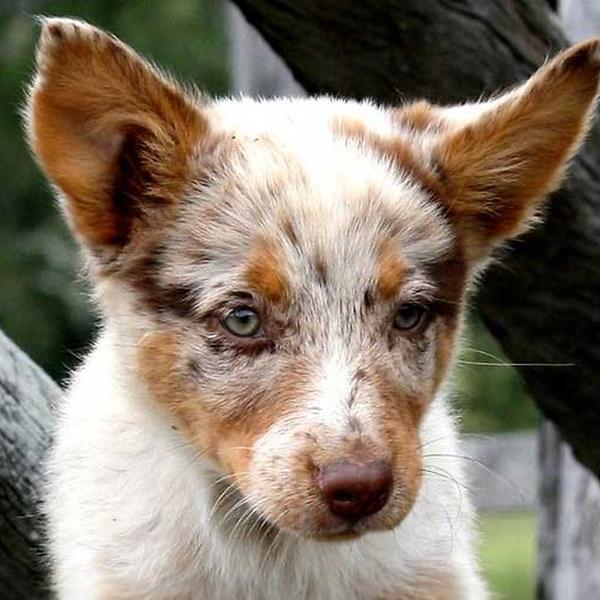
Koolie
Box Heeler vs Koolie
